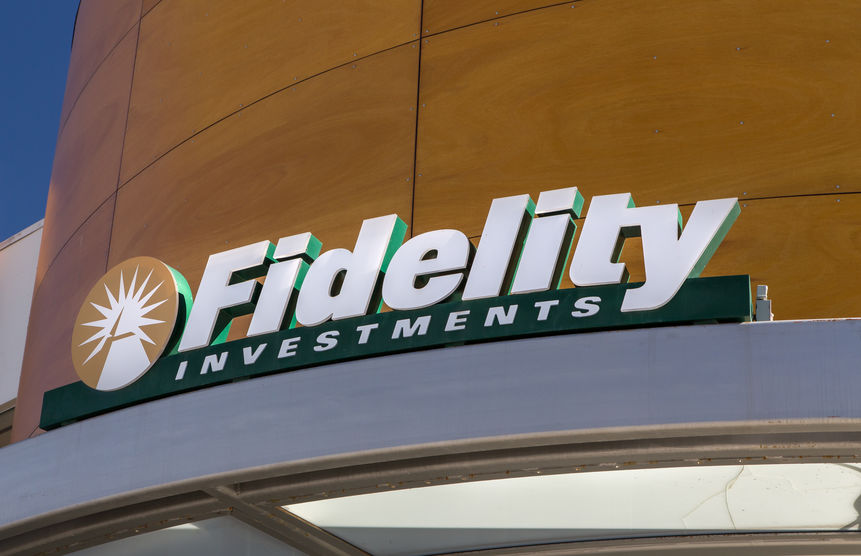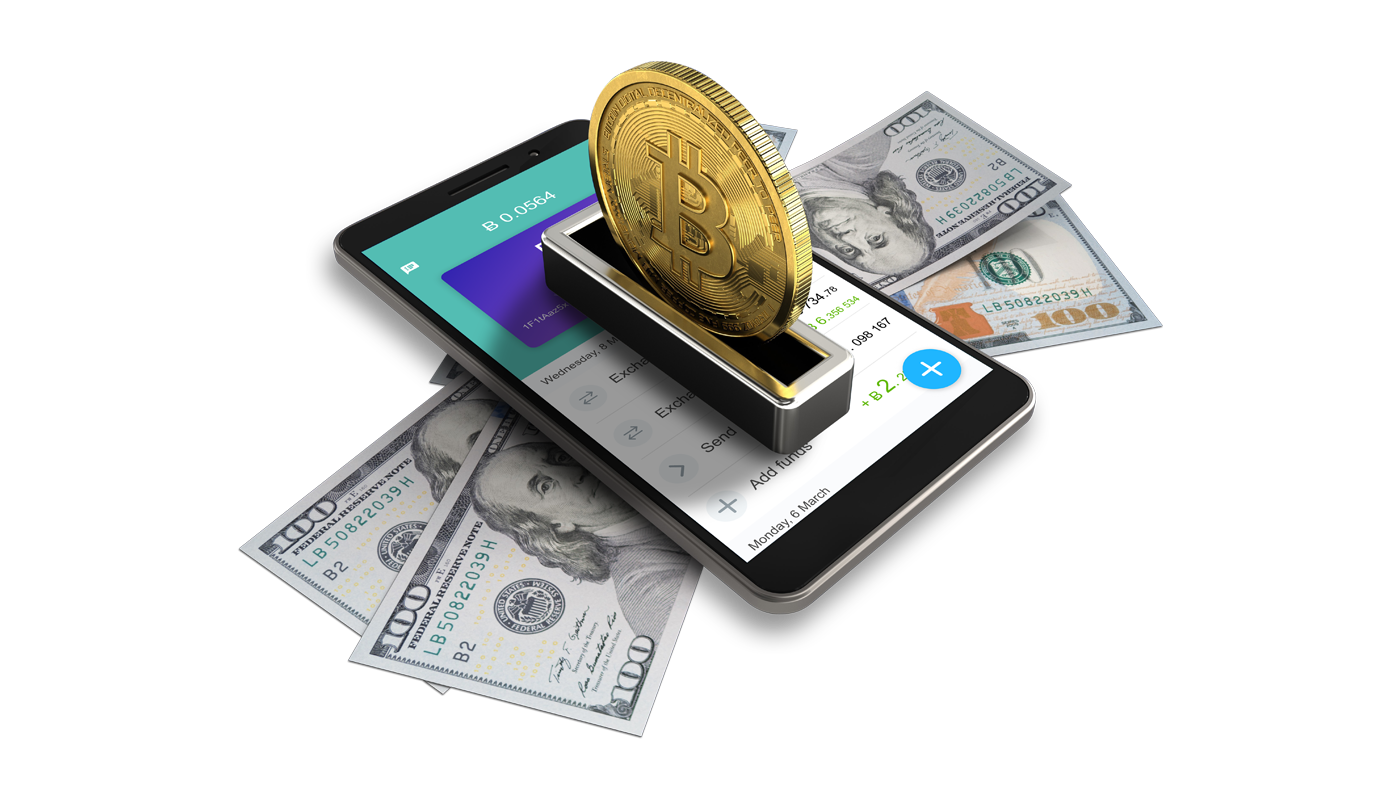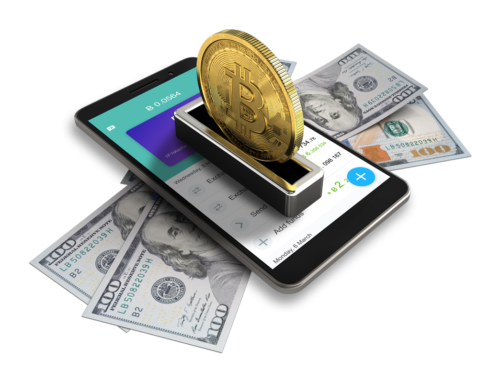Investing in Crypto Made Easier
Fidelity, a 72-year-old Financial services giant just launched a separate company that will handle cryptocurrency, the Fidelity Digital Asset Services. Fidelity boasts of 7.2 trillion in customer assets with 27 million customers and spends 2.5 billion per year in technology. Given this numbers, Fidelity just made it easier for hedge funds and others to invest in crypto.
Having a huge investment company investing and having full belief in the future of crypto, it is a big boost for the credibility of the entire crypto industry.
According to the company’s investment chairman and CEO, their goal is to make digitally native assets, such as bitcoin, to be more accessible to investors. She further said:
“We expect to continue investing and experimenting, over the long-term, with ways to make this emerging asset class easier for our clients to understand and use.”
Tom Jessop, head of Fidelity Digital Assets told CNBC:
“We saw that there were certain things institutions needed that only a firm like Fidelity could provide,”
“We’ve got some technology that we’ve repurposed from other parts of Fidelity — we can leverage all of the resources of a big organization.”
He even added that they are already working with 13,000 institutional clients.
Fidelity Digital Assets will handle the security of the digital assets and though some Crypto companies like Coinbase, Bitgo, and Ledger offer the same services, they are not as big as Fidelity.
Over the years, there has been a long list of cryptocurrency hackings and it has always been the fear of the current and prospective investors. Three high profile hacks in the history of crypto are Mt. Gox, Dao and the Bitfinex hack.
Fidelity has a long history in enterprise security and they are bringing it now in the crypto world. This custody solution also includes cold storage or offline storage aside from the multilevel physical and cyber control.
Aside from the storage, FDA will also have trade execution using their existing crossing engine and smart order router. This will allow investors to trade bitcoin and other digital assets to be traded at multiple markets.
Is the Dollar Collapsing?
Interest rates have been rising in a while now but in a gradual manner that it could easily slip off our radar unless we are monitoring them. Increase or decrease of the interest rates has positive and negative effects. When rates are increased, businesses don’t feel its weight until a year or so, but for consumers like us who rely on credit cards for our daily purchases, for students who are on loan, and for our home and equity loans, the effect on us is much sooner.
According to Forbes, the FEDs hiking cycle of short-term rates started in December 2008 at 0.25% then with another 50bps to 0.75% in 2016, then additional 75bps to 1.50% in 2017. This year it increased another 75 bps to 2.25%.
And while the short-term rates are controlled by the FED, the long-term rates are dictated by the market. The most widely tracked government instrument which is often used as a benchmark for corporate bonds, agency bonds, and mortgage rates is the 10-year Treasury Notes. As of now, it is at 3.13%, same as the June 2003 low and since the FED has recently tripled to 2.25% from 2017, we are likely to expect a rise to 3.75% and 4.00% for 2018 and 2019 respectively.
And as we said earlier, although the overall effect may be gradual, the end consumers will have an immediate feel on these increases. According to Federal Reserved Bank of New York, Center for Macroeconomic Data, the household debt has risen by 2.6% over the past 18 months. Now let’s take a look at mortgage rates and auto loan.
Mortgage Rate
As of Oct. 21, 2018, Mortgage Rate is up by 4.85% according to Macrotrends, the highest this year and the highest since March 2011. These past few years, the mortgage rates only range from 3 – 4% making the houses affordable but with the rise to nearly 5%, homebuying through credit is no longer that cheap and media is even noticing it. Below is an excerpt from MSN:
The average rate on the 30-year fixed loan sat just below 4 percent a year ago, after dropping below 3.5 percent in 2016. It just crossed the 5 percent mark, according to Mortgage News Daily. That is the first time in 8 years, and it is poised to move higher. Five percent may still be historically cheap, but higher rates, combined with other challenges facing today’s housing market could cause potential buyers to pull back.
“Five percent is definitely an emotional level inasmuch as it scares prospective buyers about how high rates may continue to go,” said Matthew Graham, chief operating officer of MND.
While more people think it is now a good time to buy a home, according to a monthly sentiment survey from Fannie Mae, more people also think mortgage rates will go up, and more people are concerned about keeping their jobs and growing their incomes.
Home sales have been sliding for much of this year, and total annual sales are expected to come in lower than last year. Affordability is the clear culprit. With rates now more than a full percentage point higher than a year ago, that adds at least $200 more to a monthly mortgage payment for a $300,000 loan. It also knocks some borrowers out of qualification because lenders are strict on how much debt a borrower can carry in relation to his or her income.
“For buyers that are inclined to buy now, they’re doing the same things they’ve been doing: Looking at the appalling lack of available inventory, seeing if any of it meets their needs, and deciding whether or not they can afford the monthly payment. In that sense, 5 percent takes some buyers out of some markets, and it plays a supporting role in the leveling-off process that’s already well underway for home sales,” Graham said.
The stronger economy has definitely fueled demand for housing, but the last few years of near record-low supply pushed prices too high too fast. So while more consumers may want to become homeowners, more and more simply can’t afford it.
“The economy seems to be coasting upward. But this kind of complacency, this kind of confidence can be volatile,” Prof. Robert Shiller, co-creator of the S&P CoreLogic Case-Shiller Home Price Indices, said in an interview on CNBC’s Squawk on the Street. “The question is, is this a turning point in the housing market. I’m a little bit worried about that but not ready to call that.“
After Seven Months into the Pandemic
Gold continuously moves higher in the past months and [...]
Wirex joins MasterCard Crypto Program
Cryptocurrency is here to stay. The banks know about [...]


Level 5 – Advanced Option Trading Manual on How to Thrive in a Volatile Market eBook

Level 5 – Advanced Option Trading on How to Thrive in a Volatile Market Video








